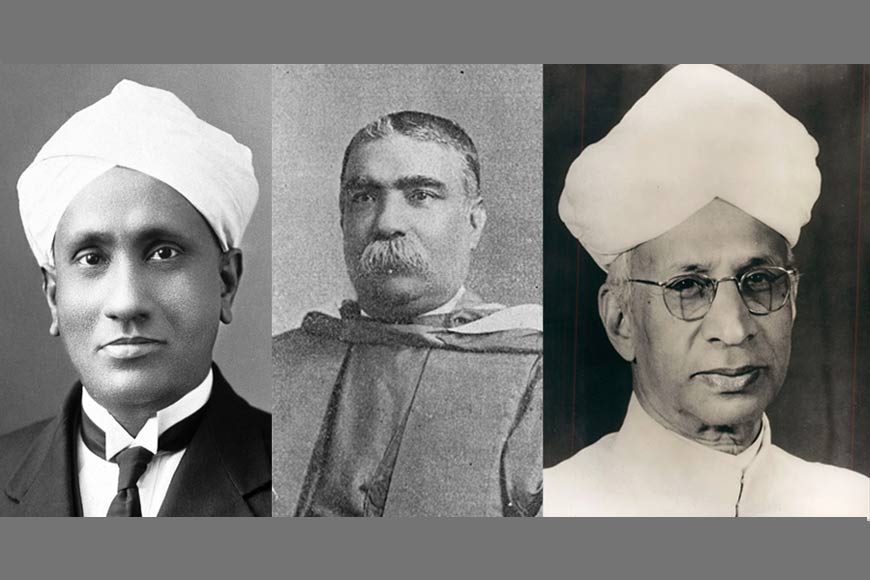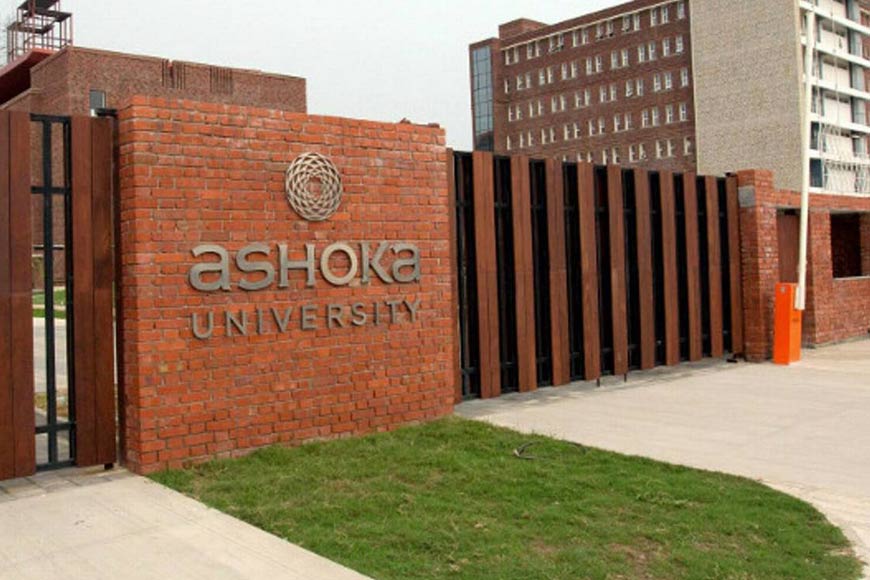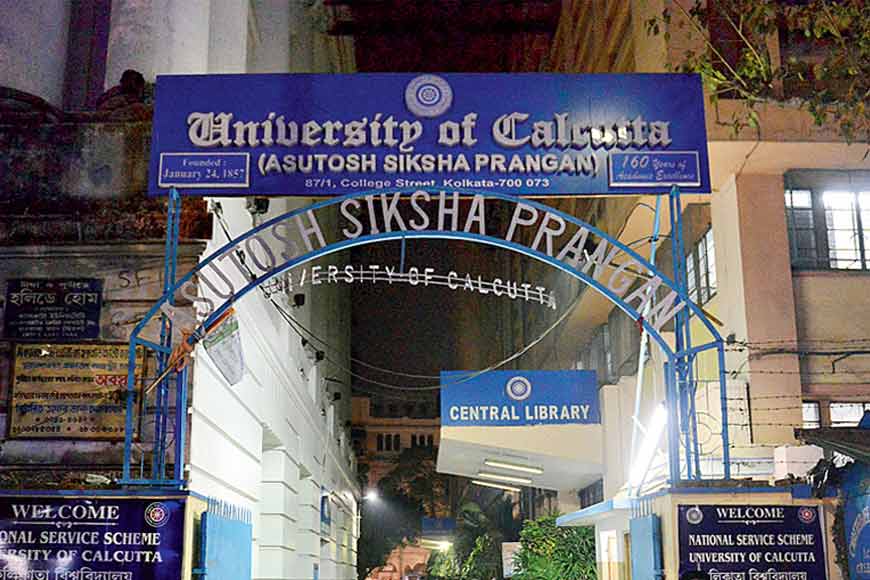Remembering Ashutosh Mukherjee

As the row over professors quitting Ashoka University, one of the most well-known global universities of India continues, one needs to look at the visions of two Bengali academicians who had brought a huge revolution in the scenario of world class universities almost a century ago. Today, the issue comes up again as the emerging universities of Asia including the Singapore and Korean universities can match any US university and have excelled in all world ranking yardsticks. The presence of foreign faculty in most of these universities also set them as a class apart. Unfortunately, many such universities of India have stuck deep into political discord rather than educational excellence.
CV Raman was then a scientist working part time as a researcher and was on duty at the Calcutta Mint. Ashutosh Mukherjee displayed courage in his ability to take risk as a Vice Chancellor and appoint Raman against the wishes of many.
Take for example Professor Ashutosh Mukherjee and his visionary approach as Vice Chancellor of Calcutta University, who stands out as exemplary and contemporarily relevant. Despite being under British rule, Mukherjee went out of his way and showed great farsightedness in attracting faculty from all across the world. Two notable instances are that of Nobel Laureate C.V. Raman who was appointed as Palit Professor of Physics and Dr Sarvapalli Radhakrishnan, who was invited to a Philosophy Chair.

CV Raman was then a scientist working part time as a researcher and was on duty at the Calcutta Mint. Ashutosh Mukherjee displayed courage in his ability to take risk as a Vice Chancellor and appoint Raman against the wishes of many. It was around this time that Rabindranath Tagore was building Visva Bharati and invited several foreign scholars like Leonard Elmhirst for developing Agricultural Sciences, Tan Yun Shan for Cheena Bhavan, Prof Okakura for developing Nippon Bhavan and so on.
Professor Ashutosh Mukherjee and his visionary approach as Vice Chancellor of Calcutta University, who stands out as exemplary and contemporarily relevant. Despite being under British rule, Mukherjee went out of his way and showed great farsightedness in attracting faculty from all across the world.
This helped in attracting many foreign students too and in exchange of cultural thoughts and ideas leading it to a global think tank platform. What is sad today is how we have reduced our heritage universities to provincial levels by an approach that smacks of insecurity.

Ashutosh Mukherjee being a mathematician himself encouraged active research and it was during this time that CV Raman went on to win Nobel Prize in Physics. Mukherjee integrated the Asiatic Society and the Science Congress Association of Calcutta to promote research among the faculty of Calcutta University. His concepts to rejuvenate research within our university system is something that needs to be resurrected. Today, The University Grants Commission is trying to bring back Endangered Languages, but long back Sir Ashutosh had promoted the study of Indian languages in Calcutta University as a way to linking to our Eastern Heritage and not to be swayed by colonial prejudices. Their visions were clear, not politically directed, but aimed only at creating educated minds for the future.
(Inspired by A Random Walk in Santiniketan Ashram by Susanta Dattagupta)











